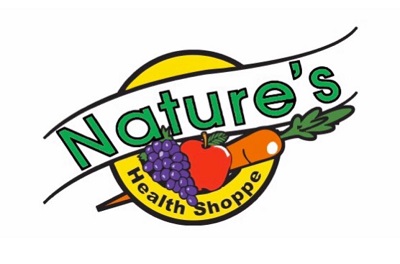If you’re afraid of bugs but love candy corn, one common candy ingredient might give you a spook this Halloween.
What is Confectioner's Glaze?
Confectioners’ glaze, made from shellac, is used by numerous candy companies to add a shiny, smooth finish on their products. But shellac—or “beetle juice,” as ABC News calls it—is made of bug secretions.
Shellac’s Origin
After feeding on tree sap, the female lac bug secretes a substance called lac to protect her soon-to-hatch eggs. Often found and collected in forests of India or Thailand, the lac later hardens to create a flaky shellac. It is then dissolved in ethanol, an alcohol fuel distilled from plant materials. The process leads to the creation of glaze and shellac polish.
Uses for Shellac
While the glaze is used to enhance shine of apples, jelly beans, and other hard foods, shellac-based sprays are also used to coat pills, polish fingernails, and varnish wood. With worries that shellac processes may lead to bugs incidentally getting dissolved into ethanol, some vegetarian and vegan bloggers have encouraged the avoidance of food products with the glaze.
Shellac and The FDA
According to the Food and Drug Administration, the glaze is a “non-nutritive substance,” or a substance that does not contribute negatively or positively to nutrition. However, it is “generally recognized as safe” by the administration.
Other Halloween Ingredients to Avoid
Although the glaze may not be associated with direct nutrition issues, other ingredients in your Halloween bag might be. Corn syrup, often used for extra flavoring, has been linked to the United States’ diabetes epidemic. Many treats are also packed with added sugars linked to obesity.
Sweet Alternatives for a Healthy Halloween
If you want to avoid added shine, sugar, and corn syrup this Halloween, there are many healthy options that your kids will still enjoy. Check out this list of sugar alternatives!
Planning a Halloween party? Here are more helpful and healthy holiday tips.

